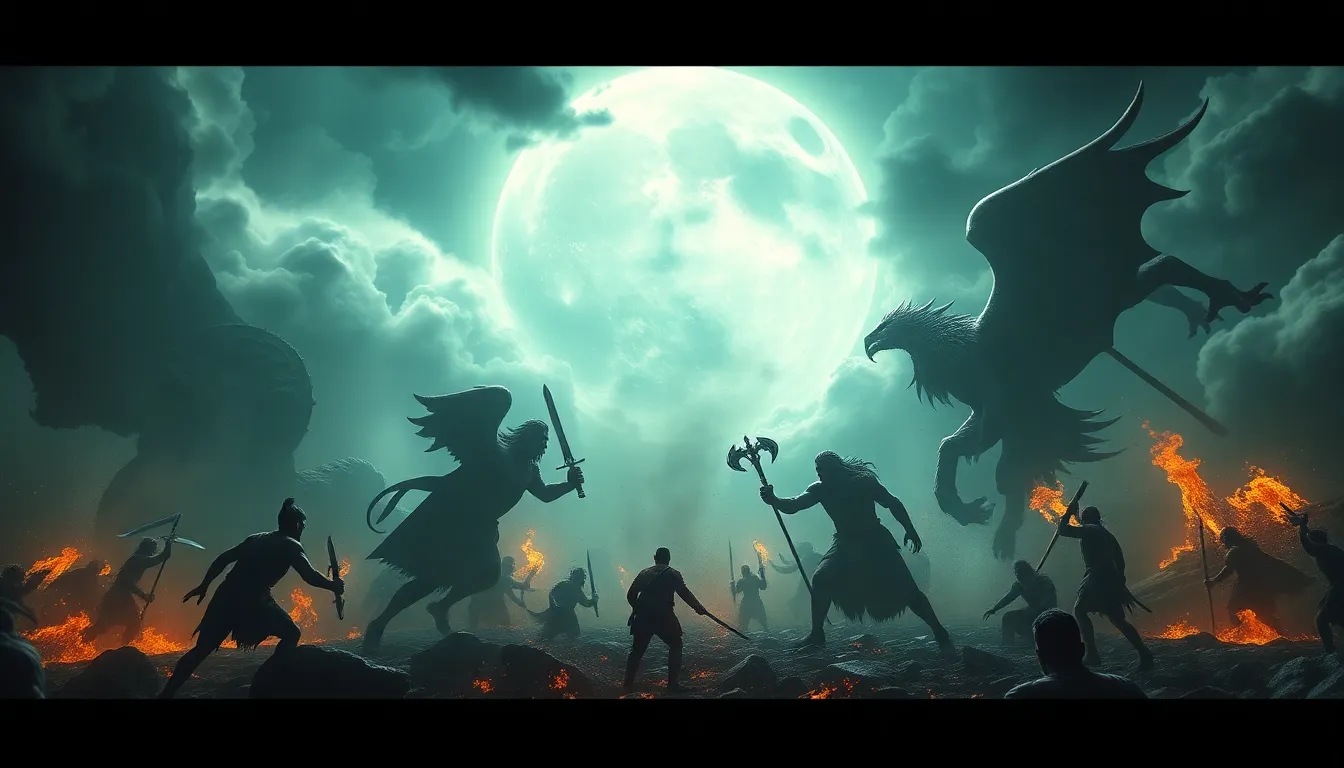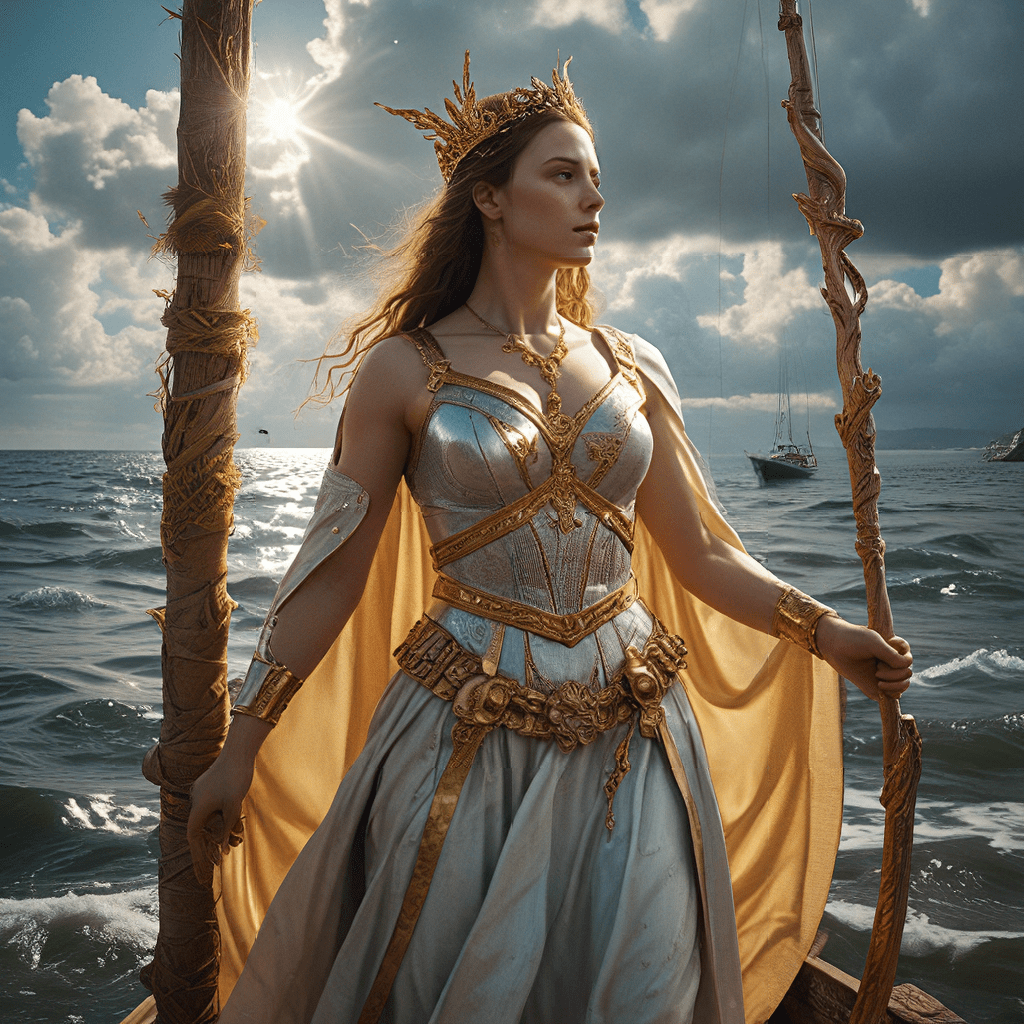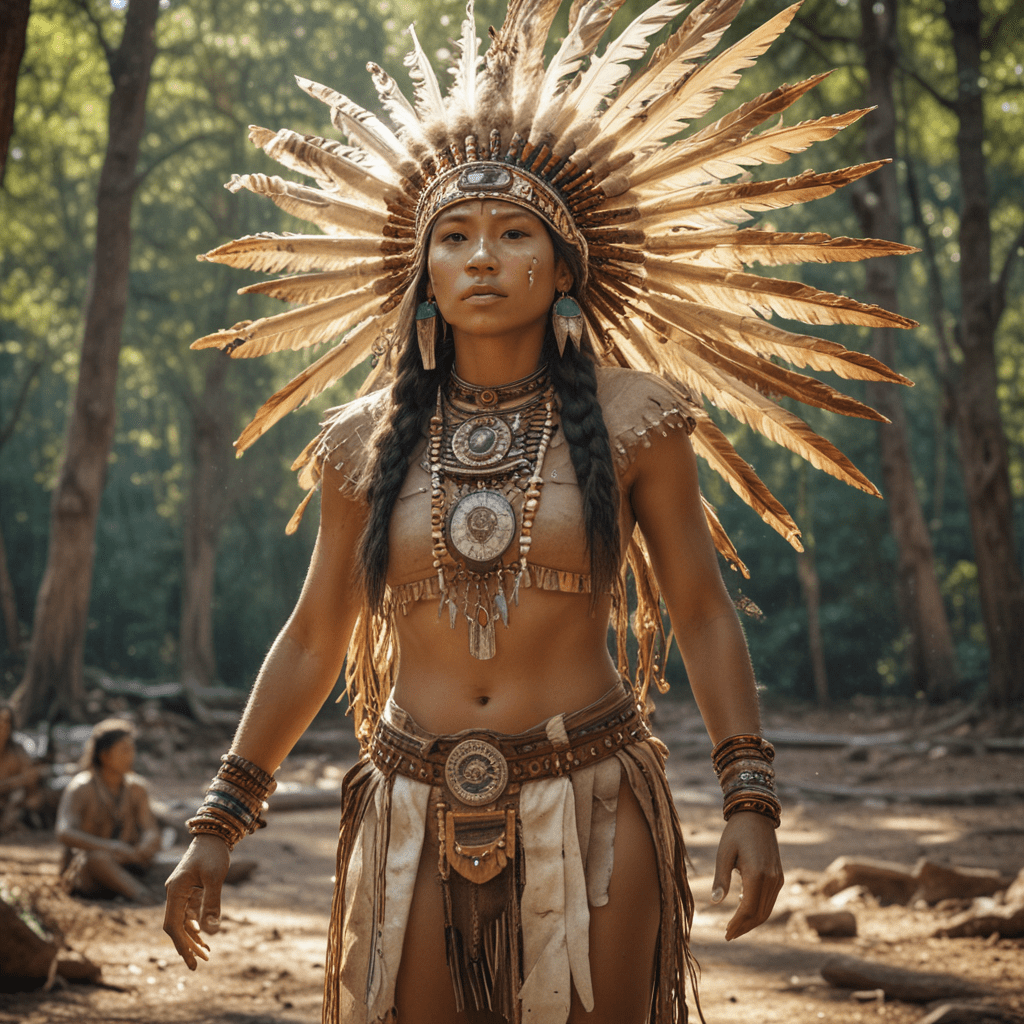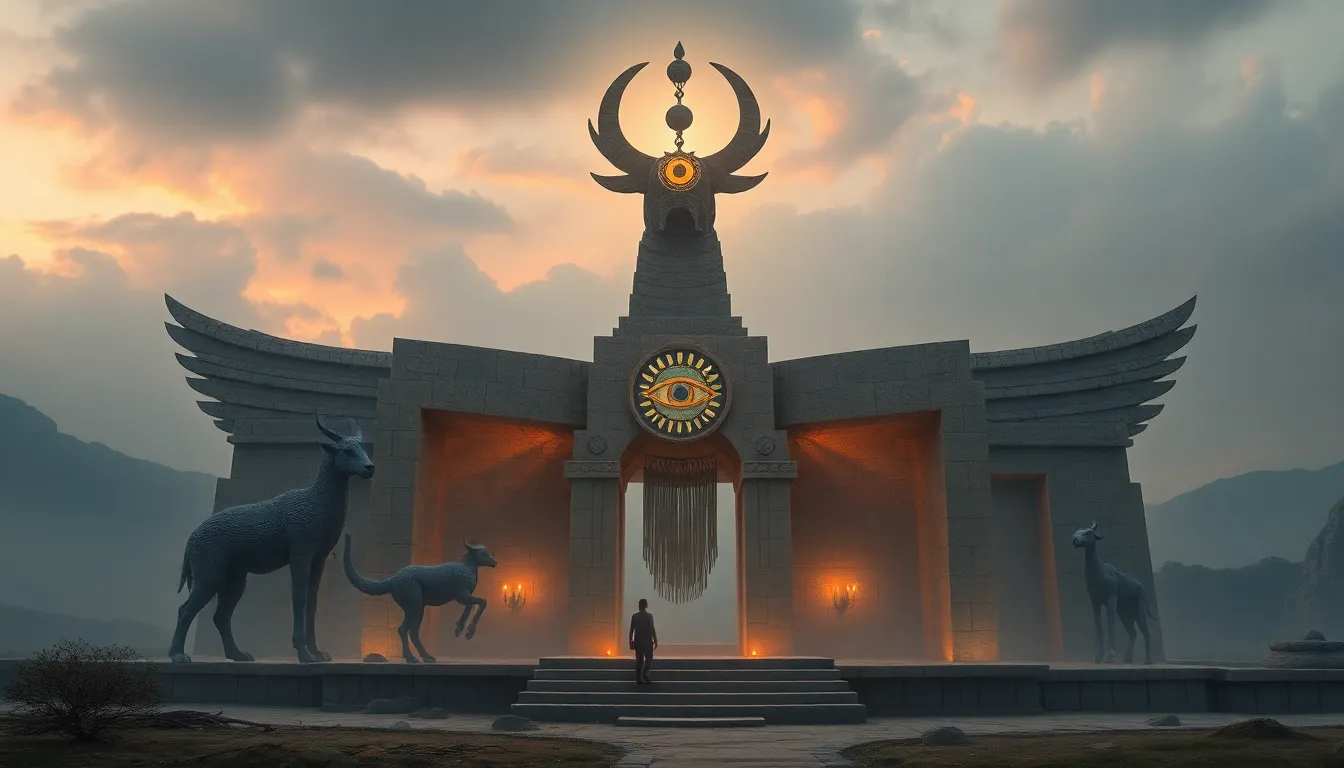Gods at War: The Most Epic Mythological Conflicts Unveiled!
Introduction to Mythological Conflicts
Mythological battles have captivated the human imagination for centuries, serving as narratives that explore the complexities of power, morality, and existence. Across cultures, these epic conflicts often feature gods and divine beings engaging in struggles that mirror human experiences. The significance of these mythological battles transcends mere storytelling; they reflect humanity’s quest for understanding our place in the universe and the forces that govern our lives.
In many cultures, gods are not just distant figures; they are integral to the fabric of human affairs. Their conflicts often symbolize the internal and external struggles faced by humanity, providing lessons on bravery, sacrifice, and the nature of good and evil.
The Titans vs. Olympians: The Battle for Supremacy
In Greek mythology, the Titans represent a race of powerful deities who ruled before the Olympians. The Titanomachy, or the battle between the Titans and the Olympian gods, is a pivotal event that showcases the struggle for cosmic supremacy.
Key figures in this epic conflict include:
- Cronus: The leader of the Titans who swallowed his children to prevent them from usurping his throne.
- Zeus: The youngest son of Cronus, who leads the Olympians in their revolt.
- Rhea: The mother of the Olympians, who aids Zeus by hiding him from Cronus.
The Titanomachy lasted for ten years and was marked by intense battles involving various mythological creatures and allies. Ultimately, the Olympians emerged victorious, leading to the imprisonment of the Titans in Tartarus. This conflict not only established the Olympians as the ruling pantheon but also had profound implications for the cosmos and human existence, marking a new era in Greek mythology.
The Norse Ragnarok: The End of Days
Ragnarok, the prophesied end of the world in Norse mythology, is a cataclysmic event marked by a series of great battles, leading to the death of many gods. The prophecy speaks of a time when the world will be engulfed in chaos, and the forces of order will clash with those of chaos.
Key figures involved in Ragnarok include:
- Odin: The All-Father who faces Fenrir, the monstrous wolf.
- Thor: The god of thunder, who battles the serpent Jörmungandr.
- Loki: The trickster god who leads the forces of chaos against the gods.
The themes of destruction and rebirth are prevalent in the tales of Ragnarok, emphasizing the cyclical nature of existence. Following the devastation, it is foretold that a new world will emerge, symbolizing hope and renewal amidst despair.
The Hindu Mahabharata: Divine Warfare and Moral Dilemmas
The Mahabharata is one of the longest and most important epics in Hinduism, chronicling the Kurukshetra War between the Pandavas and Kauravas. This conflict is not just a battle for land but a profound exploration of duty (dharma), righteousness, and the moral dilemmas faced by individuals.
Divine intervention plays a significant role in the epic, with gods and celestial beings influencing the course of the war. Some key aspects include:
- Krishna: An avatar of Vishnu who serves as Arjuna’s charioteer and imparts the teachings of the Bhagavad Gita.
- Dharma: The concept of duty that each character must navigate, leading to complex moral choices.
The Mahabharata teaches profound lessons about life, emphasizing the importance of righteousness and the consequences of one’s actions, making it a timeless narrative that resonates with human experiences.
Egyptian Gods at War: Osiris vs. Set
The myth of Osiris and Set is central to ancient Egyptian mythology, embodying the eternal struggle between order and chaos. Osiris represents life, death, and resurrection, while Set symbolizes chaos, violence, and disorder.
The narrative unfolds with Set’s betrayal of Osiris, leading to murder and dismemberment. Key elements of this myth include:
- Betrayal: Set’s jealousy drives him to kill Osiris, marking a significant act of treachery.
- Resurrection: Osiris is resurrected by his wife, Isis, symbolizing the triumph of order (Ma’at) over chaos (Isfet).
This myth not only reflects the values of ancient Egyptian society but also illustrates the cyclical nature of life, death, and rebirth that permeates their beliefs.
The Great War of the Gods: Mesopotamian Legends
In Mesopotamian mythology, conflicts among the Sumerian, Akkadian, and Babylonian deities reveal a rich tapestry of divine battles. The epic of Gilgamesh and the tale of Marduk’s battle against Tiamat highlight these struggles.
Key battles include:
- Marduk vs. Tiamat: Marduk, the storm god, defeats Tiamat, the chaos goddess, establishing order in the cosmos.
- Enlil vs. Ninurta: Deities often clash over control and dominance, reflecting human political struggles.
The reflection of human struggles in divine conflicts serves to bridge the gap between the gods and humanity, emphasizing the shared nature of conflict and resolution.
Celtic Mythology: The Tuatha Dé Danann and the Fomorians
The Tuatha Dé Danann, a race of deities in Irish mythology, often battled against the Fomorians, a group associated with chaos and darkness. These conflicts are central to the mythological narratives of ancient Ireland.
Significant battles include:
- The Battle of Mag Tuired: A crucial confrontation where the Tuatha Dé Danann seek to establish sovereignty over Ireland.
- Magic and Warfare: The use of magic plays a pivotal role in these battles, illustrating the intertwining of mystical and martial elements.
The significance of these battles extends beyond mere conquest; they symbolize the struggle for identity, land, and the enduring nature of culture and belief.
The Aztec Wars of the Gods: Quetzalcoatl vs. Tezcatlipoca
In Aztec mythology, the rivalry between Quetzalcoatl, the feathered serpent god, and Tezcatlipoca, the god of night and sorcery, represents the duality of existence. Their conflicts are foundational to the Aztec understanding of the world.
Key aspects of their rivalry include:
- Creation Myths: Their struggles are intertwined with the creation of the world and humanity.
- Sacrifice: The theme of sacrifice is prevalent, highlighting the importance of offerings to maintain cosmic balance.
The Aztec belief system reflects the complexity of life, emphasizing the duality of existence and the necessity of sacrifice for harmony.
Comparative Analysis of Mythological Conflicts
The exploration of mythological conflicts across cultures reveals several common themes and motifs:
- Cosmic Order vs. Chaos: Many myths depict a struggle between forces of order and chaos, reflecting humanity’s quest for stability.
- Divine Intervention: Gods often intervene in human affairs, illustrating the belief that divine forces shape our destinies.
- Moral Lessons: These conflicts frequently impart lessons about duty, sacrifice, and the consequences of one’s actions.
Ultimately, these epic battles serve as powerful narratives that resonate with the human experience, offering insights into our nature, struggles, and the eternal quest for understanding.




